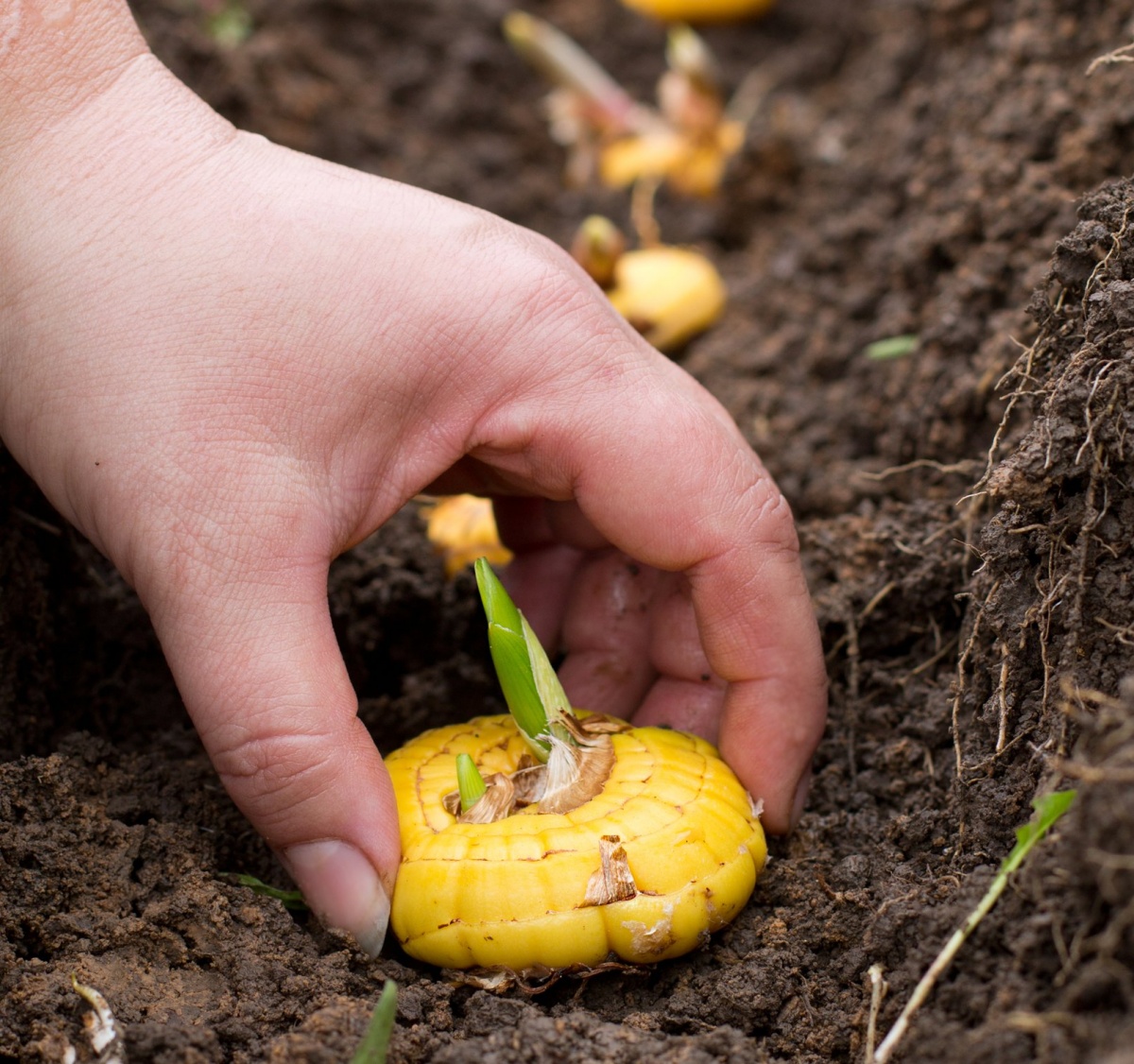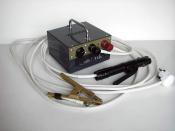Search
Login
Recommended
Gladiolus - classification of varieties, planting and the basis of cultivation
Gladioli, a real decoration with a rich color scheme for all garden beds. There are several thousand varieties of this unique ornamental plant, and among them, the gardener will easily choose the desired shade, flower size and flowering time. Gladiolus, like other plants, needs proper planting and care, fertilizer application, disease prevention .. But first, let's determine the plant variety and acquire healthy bulbs.
Content
- Gladioli, varieties
- Preparing the soil before planting
- Planting gladioli video
- Gladiolus Care video
- Bulb Storage video
Gladioli, varieties
Types and varieties of gladioli are numerous, it is almost impossible to list them all, the designations accepted in the world will facilitate the choice of designation - the international code. On each package with onions, you can notice not only the name of the variety, the numbers indicate the maximum diameter of the flowers and colors. Flowering times are denoted by the letters: SR - mid-early, P - early, P - late, OP - very late .. Thus, you can admire gladioli from early summer to late fall, having planted very early ones (RR - after 85 days, the countdown is from planting days), medium (C - 100 days) and late (130 days) varieties.

Varieties are also divided by height - low to 60 cm, medium to 100, high from 100 to 130 cm. When choosing gladioli, gardeners prefer modern, Russian hybrids, varieties are better adapted to our weather conditions, delicate leaves and flower petals are resistant to wind gusts , heavy rains and diseases.

New species have at least 20 buds on the stem, at the same time blooming at least 6 buds. When buying, not only the characteristics on the package are important, pay attention to the bulbs, they must be dry, without damage and dents.
Preparing the soil before planting
It is advisable to choose a place for planting in the fall, gladiolus grows better on neutral or slightly acidic soils rich in organic compounds with good permeability and structure, areas where root crops, legumes and strawberries previously grew are not suitable. Sandy and sandy loamy soil of pH 6.5-7.0 with the addition of humus is welcome, if the soil is acidic, lime or dolomite flour is added, the clay soil is improved by adding peat and sand.

Do not use fresh organic substances, they lead to the spread of fungal diseases, which gladioli are especially vulnerable to.
In autumn, phosphate (70 g of double superphosphate per 1 m) and potash (30 g of potassium chloride) fertilizers are introduced into the soil. In the spring, before planting the bulbs, nitrogen, potassium and phosphate fertilizers are applied, it can be - ammonium nitrate 40 grams, 40 grams of wood ash and 30 grams of double superphosphate per 1 m.

Changing the location of gladioli is recommended every year, which will serve as a good prevention of diseases and pests. If gladioli were not exposed to disease or excessive pest attacks on this site, you can not change the landing site for up to 6 years.
Planting gladioli
Gladioli, the planting and care of which are not so difficult, will delight flowering for many years, if you know the rules of cultivation. For example, a gladiolus is planted in the ground from mid-April to the end of May in a well-lit area, planting bulbs in the autumn is not possible, since tubers deteriorate when the soil freezes.
4-5 days before planting, the bulbs are peeled and treated with fungicides or soaked for 20 minutes in a solution of potassium permanganate, this action will help protect the plant from pests, after processing the bulbs are dried and begin to plant.

Planting depth depends on the size of the bulbs, gladioli on light soils are planted to a depth equal to three bulbs, on average it is about 15 cm for large and 10 cm for medium bulbs if the soil is planted with a heavy planting depth.
The distance in the row also depends on the size of the bulbs, so between large ones the distance will be 15 cm, medium 8 cm. The distance between the rows is 30 cm. For high varieties, support is established, since the shoots under the weight of the inflorescences can break off during rain or strong winds. To reduce the number of weeds in the future, the soil after planting is covered with a layer of bark, straw or sawdust, which will not only prevent the growth of weeds, but also reduce the evaporation of moisture, provide the plants with additional nutrition.
Gladiolus Care
Watering of gladioli is carried out every 7-10 days, moisture during drought is especially important, during this period gladioli are well filled with water, as if heavy rain had passed, while it is advisable to avoid moisture on the leaves.
During flowering, all blooming inflorescences are removed, they not only spoil the appearance of the plant, wilted flowers take power from the plant for seeds, and the development of new tubers stops at this time. Fertilizers are applied for the first time after the appearance of three true leaves - saltpeter 20 g and potassium 10 g per 1 m. Early fertilizer is only welcome if you have not fertilized the soil before planting, exceeding the norm of nutrients leads to fungal diseases, the leaves develop, and the flowers are small.

Like many plants, gladioli are susceptible to disease and pest attack. The most common diseases of gladioli are fusarium, gray rot, leaf spot, mosaic. Marigolds, nasturtiums, coriander, mustard and garlic planted in the immediate vicinity will help protect plants from these diseases.

To prevent illness, remove damaged leaves or the entire plant, spray with fungicides, choose only healthy bulbs. Throughout the growing season, gladioli are sprayed with garlic infusion (100g per 10 liters of water) and an aqueous solution of potassium permanganate (10g / 10l).
Gladiolus is also vulnerable to pests, the most famous pests are aphids, thrips and ticks, which are destroyed by insecticides.
Bulb Storage
After 4 to 6 weeks after flowering, the bulbs of gladioli are dug up, as they cannot withstand even the southern winters. It does not make sense to leave tubers in the soil until the first frost, this time does not affect the substantial growth of the bulbs and increases the likelihood of damage by the first frosts.

The bulbs of gladioli are dug up, the stems of the plants are cut to 2-3 cm, the bulbs are cleaned from the ground, divided and dried in a place protected from the sun. After two weeks, the bulbs of gladioli are moved to boxes or nets for winter storage, the tubers do not need shelter with earth or sand, they are well protected by natural coating, but with a large number of gladioli in a box, each bulb is wrapped in newspaper.

Tubers are stored in a dark, ventilated room at a temperature of 5-10 C and humidity not more than 70%. Inspect gladioli regularly until spring, remove damaged bulbs.





